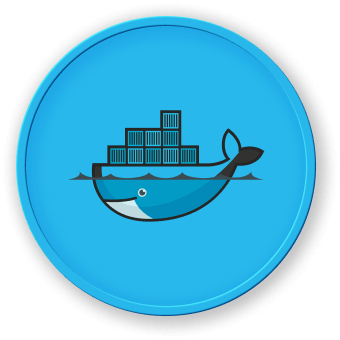Mastering Docker Server
Understanding the Docker Daemon
The Docker daemon is the core of the Docker system. It is responsible for managing Docker containers, images, and networks. The Docker daemon runs in the background and listens for Docker API requests from the Docker client.
Docker Daemon Configuration
The Docker daemon can be configured using a variety of options and settings. These settings can be specified in the Docker daemon configuration file, typically located at /etc/docker/daemon.json.
Here's an example of a Docker daemon configuration file:
{
"log-driver": "json-file",
"log-opts": {
"max-size": "100m",
"max-file": "5"
},
"storage-driver": "overlay2",
"dns": ["8.8.8.8", "8.8.4.4"]
}
This configuration sets the log driver to "json-file", limits the maximum size and number of log files, sets the storage driver to "overlay2", and configures the DNS servers to use Google's public DNS servers.
Docker Daemon Events
The Docker daemon emits a variety of events that can be used to monitor and manage Docker containers, images, and networks. These events can be accessed using the docker events command.
Here's an example of how to view the latest events from the Docker daemon:
docker events
2023-04-24T12:34:56.789012345Z container create 3f4a2a2b9d1f my-nginx
2023-04-24T12:34:56.789012345Z container start 3f4a2a2b9d1f my-nginx
2023-04-24T12:34:56.789012345Z container attach 3f4a2a2b9d1f my-nginx
This output shows that a new container named "my-nginx" was created, started, and attached to.
Docker Daemon Plugins
The Docker daemon supports a wide range of plugins that can be used to extend its functionality. These plugins can be used to integrate Docker with other systems, such as storage backends, networking providers, and logging services.
Here's an example of how to install and configure the docker-volume-azure plugin, which allows you to use Azure Blob Storage as a volume driver for Docker containers:
## Install the plugin
docker plugin install --grant-all-permissions azure/azure-blob-storage-volume-plugin:latest
## Configure the plugin
docker plugin set azure/azure-blob-storage-volume-plugin AZURE_STORAGE_ACCOUNT=<your-storage-account-name>
docker plugin set azure/azure-blob-storage-volume-plugin AZURE_STORAGE_ACCESS_KEY=<your-storage-account-key>
Once the plugin is installed and configured, you can use it to create and manage Docker volumes that are backed by Azure Blob Storage.




